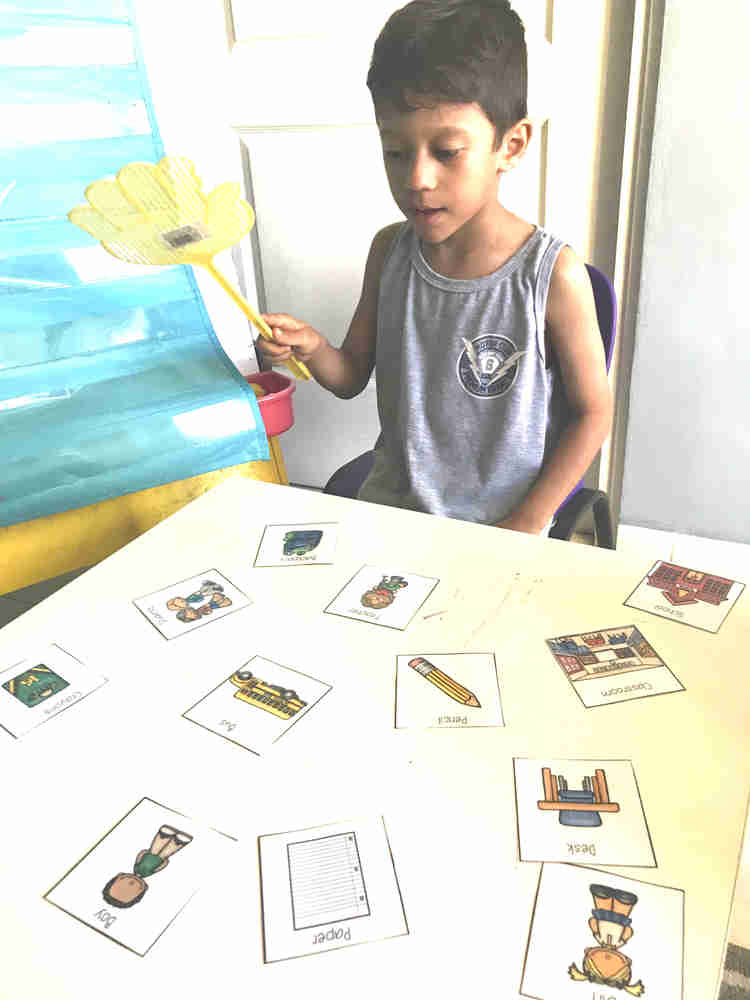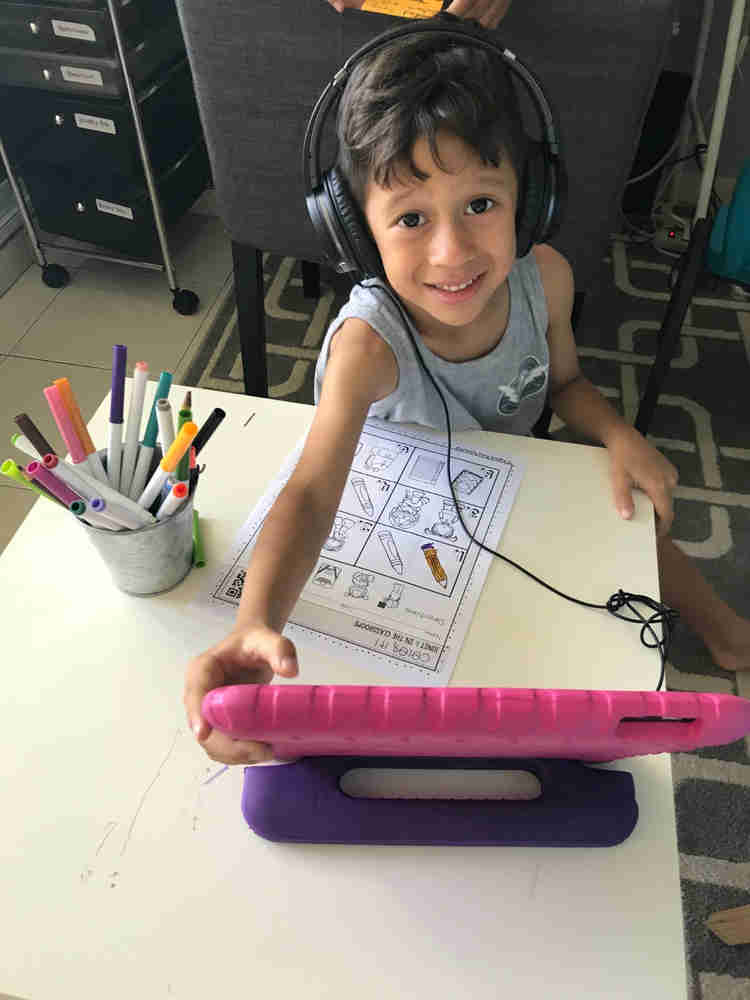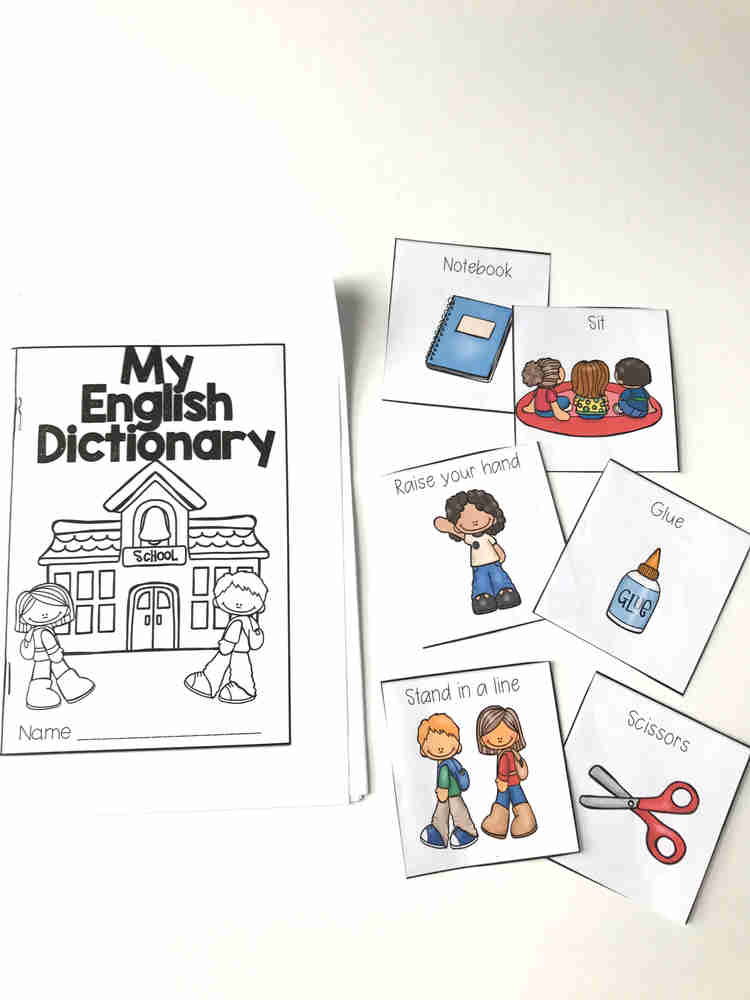When learning a new language it is only natural for there to be a silent period the first few months to take in and adapt to the new environment and language. Although we should never push students to speak a new language, I do believe there are easy ways to help English Language Learners come out of their silent period more quickly or not even have a silent period at all. So here are 5 ways you can help shorten the silent period if your ELL students.
1. Create a welcoming environment. A language barrier can be one of the most frustrating and fearful experiences that an adult or child can face, so imagine entering a school where the student is daily faced with the lack of language. This is why it is so important to find different ways to make your newcomers feel welcome in their school and classroom. Smile and take time to show them around the classroom. Buddy them up with a friend that will show them around the school and other classes. Try to learn a few key phrases in the student’s native language to help ease the fear of their new environment. Click the picture below to grab this welcome book for FREE!

2. Disguise the learning with games. No matter the age of the students, games always make learning an afterthought and ease the affective filter. Creating speaking games or different activities to learn vocabulary in a fun way will help the student forget the pressure of learning a new language and feel comfortable participating in the fun activity. A quick go to game is laying out the different vocabulary words or pictures of the words and then giving your students flyswatters to hit the word that you say. As the students get more comfortable you can have them say the word and their peers have to hit it.

Another game I love doing with my students is giving each student a clothespin to clip on their shirt whenever they spoke in English. At the end of the class, the student with the most clothespins would win a prize. This works great for the competitive students and really showed me how many of them had a ton of English, but often pretended they didn’t!
3. Use Technology. Technology in and of itself eases the affective filter for ELL students because most students will feel comfortable interacting with it. There are so many great apps such as google translate that will help students use their native tongue to begin communicating in the second language they are learning. Studies also show the importance of listening comprehension and the connection to success in a second language. You can read more about listening activities by clicking the picture below!

4. Set and encourage reaching small goals. Learning a new language is a daunting task so make sure to set small goals with your students. Have 5 vocabulary words a week that you practice daily until the students have mastered them and make sure to encourage any participation especially at the beginning. Don’t be so quick to correct errors, but take note of it and find opportunities to reteach at a later time. Newcomers will feel the confidence of learning English even just after a week of seeing that they are able to reach small goals. Along with this, make sure to have appropriate materials available for your students to feel confident they can accomplish the tasks given to them. Click the picture below to get a week free of materials made with ELL Newcomers in mind!

5. Get to know them! Newcomers want to know that they will be supported by their teachers and what better way to do that than by getting to know about them as a student. Some ideas to help you get to know your ELL students when language is a barrier are to have them bring in pictures from home that talk about their culture, their family, their interests. Try to gain what you can from the pictures. Another way is to see if there is a student that can speak the same language as the student and help to translate for you. Have lunch with them and get to know your newcomer through the student translating. The time you spend getting to know your student will pay off in the effort they show when learning English! Click the picture below to find 5 icebreakers to do with your ELL students!

How else do you like to shorten the silent period of your ELL students? I would love to add to the list, so please share below!


